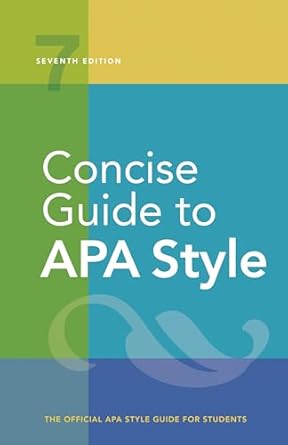[toc]
statistical symbols abbreviations a quick guide
Concise Guide to APA Style: 7th Edition (OFFICIAL)
Page 150 Review
Understanding Statistical Abbreviations and Symbols: A Deep Dive
This excerpt from a statistics resource provides a concise yet comprehensive glossary of common statistical abbreviations and symbols.
It’s a valuable tool for anyone navigating the complex world of data analysis, research, and statistical reporting.
Let’s break down some key entries and explore their significance.
Measures of Central Tendency and Variability
The table includes fundamental measures like the mean (M or x), median (Mdn), and standard deviation (SD).
These are cornerstones of descriptive statistics. “M (or x) sample mean; arithmetic average” defines the sample mean, a crucial indicator of the average value within a dataset.
Understanding the “Mdn median” helps identify the central point in a data distribution, particularly useful when dealing with skewed data.
The “SD standard deviation” is described as a measure of the spread of data around the mean.
This provides insight into the variability within the dataset.
Analysis of Variance and Covariance
The listing includes “MANOVA multivariate analysis of variance” and “MANCOVA multivariate analysis of covariance.” These sophisticated techniques allow researchers to examine the relationships between multiple variables.
MANOVA extends ANOVA to multiple dependent variables, while MANCOVA controls for the effects of covariates, providing a more nuanced understanding of the relationships being studied.
These are powerful tools for complex research designs.
Regression and Correlation
The excerpt also covers important correlation measures like “r estimate of the Pearson product-moment correlation coefficient” and “rs Spearman rank- order correlation.” The Pearson correlation (r) measures the linear relationship between two continuous variables, while the Spearman correlation (rs) assesses the monotonic relationship between ranked variables.
Additionally, “R multiple correlation” represents the correlation between a dependent variable and a set of predictor variables.
Understanding these different correlation coefficients is critical for interpreting the strength and direction of relationships between variables.
Other Important Statistical Concepts
The table also lists several other essential abbreviations and symbols, including:
* **HSD Tukey’s honestly significant difference**: A post-hoc test used in ANOVA to determine which group means are significantly different from each other.
* **LR likelihood ratio**: A statistical test used to compare the fit of two statistical models.
* **MSE mean square error**: A measure of the average squared difference between the predicted and actual values in a statistical model.
* **n number of cases (generally ina subsample)**: Representing the sample size.
* **N total number of cases**: Indicating the total population or sample size.
* **ns not statistically significant**: An important indicator to determine the significance of the statistical findings.
* **OR odds ratio**: A measure of association between an exposure and an outcome.
* **p probability; probability of a success in a binary trial**: A measure of the likelihood of an event occurring.
* **SEM standard error of measurement; standard error of the mean**: Measure of how much the sample mean is likely to vary from the population mean.
* **SEM structural equation model(ing)**: A statistical technique used to test and estimate causal relationships among multiple variables.
* **SS sum of squares**: The sum of the squared differences between each value and the mean.
* **t Student’s t distribution; a statistical test based on the Student t distribution; the sample value of the t-test statistic**: A statistical test used to compare the means of two groups.
* **z a standardized score; the value of a statistic divided by its standard error**: A measure of how many standard deviations a data point is from the mean.
The Importance of Context
While this table provides definitions, it’s crucial to remember that the meaning and application of each abbreviation or symbol can vary depending on the specific context. “Table 6.1 Statistical Abbreviations and Symbols (continued)” indicates there’s even more to learn.
Consulting textbooks, research articles, and statistical software documentation is essential for a thorough understanding.
This excerpt serves as a valuable starting point for decoding the language of statistics.
Conclusion
This excerpt provides a valuable reference for understanding common statistical abbreviations and symbols.
By familiarizing oneself with these terms, readers can better interpret research findings, analyze data, and communicate statistical information effectively.
The inclusion of terms like “coefficient of determination; measure of strength of relationship; estimate of the Pearson product-moment correlation squared” emphasizes the importance of understanding the strength of relationships between variables.
Keep this list handy as you navigate the world of data!
Buy full ebook for only $18: https://www.lulu.com/shop/american-psychological-association/concise-guide-to-apa-style-7th-edition-official/ebook/product-rmzpq54.html?page=1&pageSize=4


Leave a Reply